ABOUT THE PROJECT
6G is promising to provide more data and shorter delays. Given that the frequency bands used in 4G/5G are crowded, new frequency bands are considered, especially in the millimetre-band regime. To mitigate the path losses at these high frequencies, antennas must be more efficient, so they are often fully metallic.
In SEMA, we propose investigating the use of metallic 3D printing for the new generation of 6G hardware. The project will conduct an evaluation of the applicability of the LPBF-AM technique to the manufacture of 6G lightweight advanced fully metallic antenna and microwave components. In addition, the production will be more sustainable since we avoid the use of plastic, and there is no waste of the metals with additive manufacturing.
From a sustainability perspective, it will address the following three UN Goals.

Industry, Innovation and Infrastructure

Sustainable Cities and Communities





